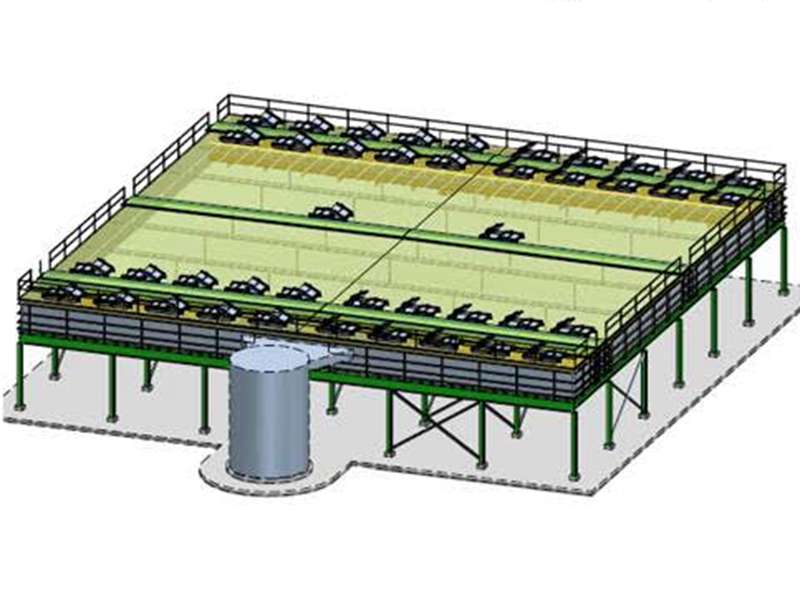
-
 Afrikaans
Afrikaans -
 Albanian
Albanian -
 Amharic
Amharic -
 Arabic
Arabic -
 Armenian
Armenian -
 Azerbaijani
Azerbaijani -
 Basque
Basque -
 Belarusian
Belarusian -
 Bengali
Bengali -
 Bosnian
Bosnian -
 Bulgarian
Bulgarian -
 Catalan
Catalan -
 Cebuano
Cebuano -
 China
China -
 China (Taiwan)
China (Taiwan) -
 Corsican
Corsican -
 Croatian
Croatian -
 Czech
Czech -
 Danish
Danish -
 Dutch
Dutch -
 English
English -
 Esperanto
Esperanto -
 Estonian
Estonian -
 Finnish
Finnish -
 French
French -
 Frisian
Frisian -
 Galician
Galician -
 Georgian
Georgian -
 German
German -
 Greek
Greek -
 Gujarati
Gujarati -
 Haitian Creole
Haitian Creole -
 hausa
hausa -
 hawaiian
hawaiian -
 Hebrew
Hebrew -
 Hindi
Hindi -
 Miao
Miao -
 Hungarian
Hungarian -
 Icelandic
Icelandic -
 igbo
igbo -
 Indonesian
Indonesian -
 irish
irish -
 Italian
Italian -
 Japanese
Japanese -
 Javanese
Javanese -
 Kannada
Kannada -
 kazakh
kazakh -
 Khmer
Khmer -
 Rwandese
Rwandese -
 Korean
Korean -
 Kurdish
Kurdish -
 Kyrgyz
Kyrgyz -
 Lao
Lao -
 Latin
Latin -
 Latvian
Latvian -
 Lithuanian
Lithuanian -
 Luxembourgish
Luxembourgish -
 Macedonian
Macedonian -
 Malgashi
Malgashi -
 Malay
Malay -
 Malayalam
Malayalam -
 Maltese
Maltese -
 Maori
Maori -
 Marathi
Marathi -
 Mongolian
Mongolian -
 Myanmar
Myanmar -
 Nepali
Nepali -
 Norwegian
Norwegian -
 Norwegian
Norwegian -
 Occitan
Occitan -
 Pashto
Pashto -
 Persian
Persian -
 Polish
Polish -
 Portuguese
Portuguese -
 Punjabi
Punjabi -
 Romanian
Romanian -
 Russian
Russian -
 Samoan
Samoan -
 Scottish Gaelic
Scottish Gaelic -
 Serbian
Serbian -
 Sesotho
Sesotho -
 Shona
Shona -
 Sindhi
Sindhi -
 Sinhala
Sinhala -
 Slovak
Slovak -
 Slovenian
Slovenian -
 Somali
Somali -
 Spanish
Spanish -
 Sundanese
Sundanese -
 Swahili
Swahili -
 Swedish
Swedish -
 Tagalog
Tagalog -
 Tajik
Tajik -
 Tamil
Tamil -
 Tatar
Tatar -
 Telugu
Telugu -
 Thai
Thai -
 Turkish
Turkish -
 Turkmen
Turkmen -
 Ukrainian
Ukrainian -
 Urdu
Urdu -
 Uighur
Uighur -
 Uzbek
Uzbek -
 Vietnamese
Vietnamese -
 Welsh
Welsh -
 Bantu
Bantu -
 Yiddish
Yiddish -
 Yoruba
Yoruba -
 Zulu
Zulu
tools for drilling through rock in tunnels, specifically designed ...
Tools for Drilling Through Rock in Tunnels
Drilling through rock is a critical aspect of tunnel construction, requiring a specialized set of tools designed to operate in the challenging subterranean environment. The tools and techniques employed in this process have evolved significantly over the years, driven by the need for efficiency, safety, and the ability to overcome varying geological conditions. This article outlines some of the most commonly used tools and technologies in rock drilling for tunnels.
1. Drill Bits
At the forefront of tunnel drilling are drill bits, which are designed to penetrate hard rock. There are several types of drill bits, each suited for different geological conditions.
- Diamond Bits Known for their exceptional cutting ability, diamond bits are often used for the hardest formations. The diamonds embedded in the bit surface allow for efficient drilling, as they can grind through rock with ease. - Tricone Bits These bits feature three rotating cones and are versatile for drilling through various types of rock. They are particularly effective in formations that require both drilling and crushing of the material.
- PDC Bits Polycrystalline diamond compact bits are ideal for soft to medium-hard rock and provide a longer lifespan than traditional carbide bits, reducing the need for frequent replacements.
2. Tunnel Boring Machines (TBMs)
One of the most significant inventions in underground construction is the Tunnel Boring Machine (TBM). These powerful machines can excavate tunnels with remarkable precision and efficiency. TBMs are equipped with a rotating cutterhead that contains several types of drill bits.
- When encountered with hard rock, a TBM can use a mixture of diamond and tricone bits to maximize its efficiency. Additionally, TBMs feature advanced systems for soil removal, ensuring a continuous operation without interrupting the excavation process.
tools for drilling through rock in tunnels, specifically designed ...

- Different types of TBMs, such as Earth Pressure Balance (EPB) machines and Slurry TBMs, are designed for specific ground conditions. EPB machines are effective in loose soils where ground stability is a concern, while slurry TBMs use a liquid slurry to stabilize the tunnel face when drilling through water-saturated or unstable ground.
3. Rotary Drilling Rigs
In some cases, traditional rotary drilling rigs are employed for tunnel drilling. These rigs can be mounted on tracked or wheeled platforms and allow for flexible maneuverability. Equipped with various drill bit types, rotary drilling rigs can adapt to different rock conditions and are often used in the preliminary phases of tunnel construction.
4. Continuous Miners
In soft rock environments, continuous miners are essential tools that can cut and gather material simultaneously. These machines have rotating drums with sharp bits that enable them to efficiently carve through rock, transporting material to the surface for disposal or further processing.
5. Rock Bolting and Grouting Equipment
Once the tunnel has been excavated, it's crucial to stabilize the surrounding rock. Rock bolting machines install steel bolts into drilled holes to reinforce the tunnel walls, while grouting equipment injects cement or other stabilizing solutions into fractures and crevices to ensure structural integrity.
Conclusion
The tools and technologies developed for drilling through rock in tunnel construction play a vital role in modern infrastructure projects. As demands for efficient transportation and utilities increase, continued innovation in drilling tools and techniques remains essential. With advancements such as enhanced TBMs, specialized drill bits, and versatile drilling rigs, the challenges of subterranean excavation can be met with greater efficiency and safety than ever before. The future of tunneling looks promising, with these essential tools paving the way for deeper and more extensive underground networks.









